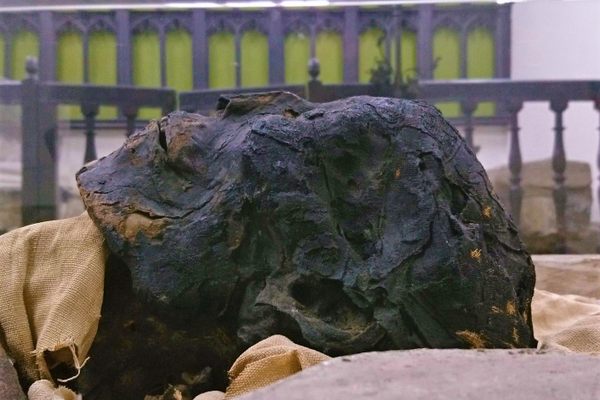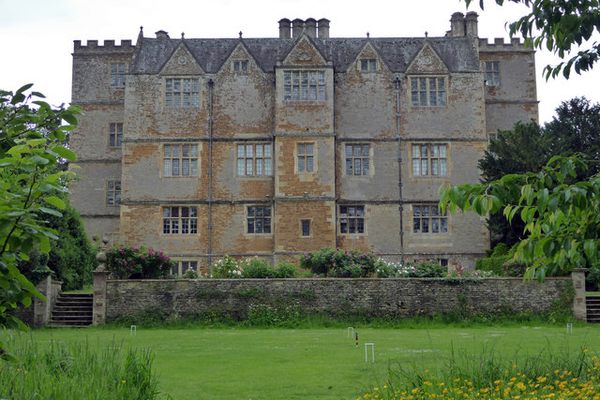Offham Quintain
Horsemen once used this tilting post during jousting practice.
The village of Offham has a rare historic feature that’s believed to be England’s last remaining example of a quintain still in its original location.
The quintain, or tilting post, on the village green was used in a game of supposed Roman origins. It’s believed the word quintain has its roots in the Latin for “fifth” and may be connected to an area in a Roman camp where military exercises took place.
The post was designed to test the agility and alertness of horsemen during jousting practice. After striking the flat end of the pivoting horizontal arm with a lance or staff, they would ride off at speed to avoid being hit by the swinging sandbag attached to the opposite end. According to the historian Edward Hasted, the quintain was somewhat popular during Elizabethan times, but was already a rarity by the 18th century.
Though the post stands where it had for centuries, it was briefly relocated. During World War II, the quintain was removed from the green to avoid it being used as a landmark in the event of a foreign invasion. It was restored in August of 1945, and a stone and plaque explaining its history were unveiled in 1951 as part of the Festival of Britain celebrations.
Today, the Offham Quintain is a nationally protected historic monument maintained by the Parish Council. In the 1980s, a replica was erected and used for tilting events during May Day, though safety concerns put an end to these equestrian festivities.
Know Before You Go
You can walk by the quintain at any time.
There is parking between the village green and the Kings Arms pub, alternatively there is a small car park next to the playing field.



















Follow us on Twitter to get the latest on the world's hidden wonders.
Like us on Facebook to get the latest on the world's hidden wonders.
Follow us on Twitter Like us on Facebook